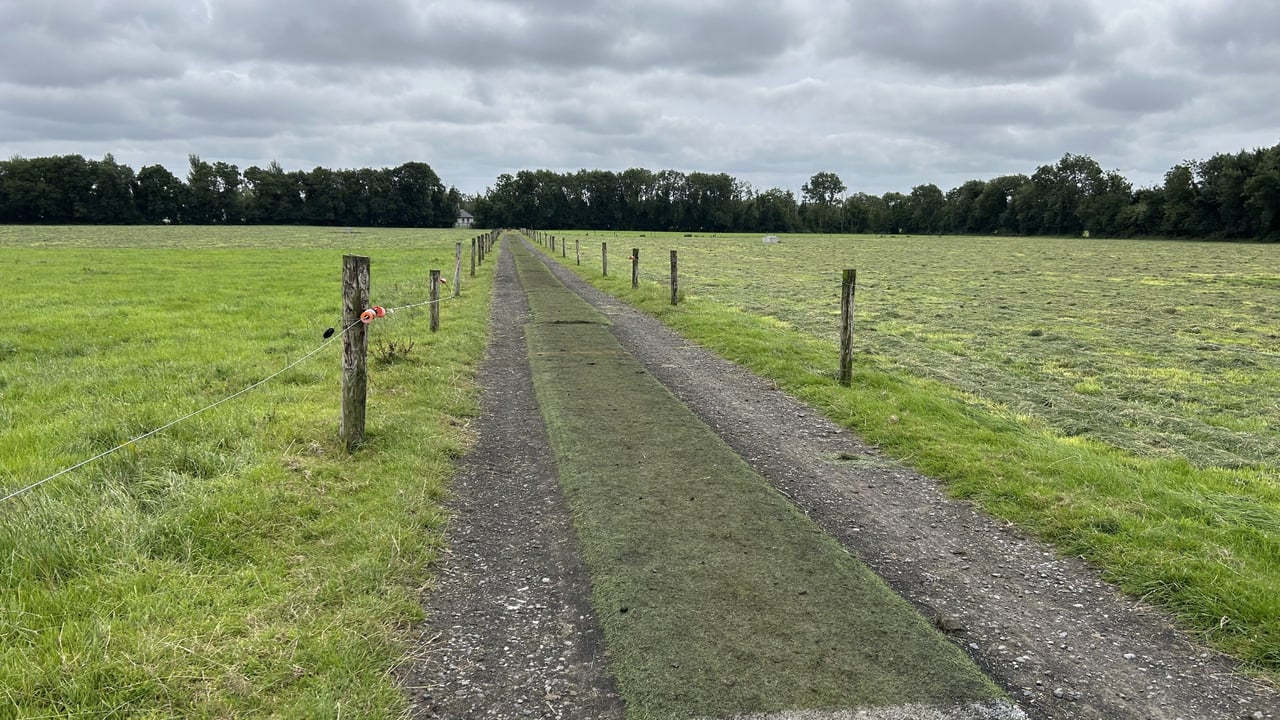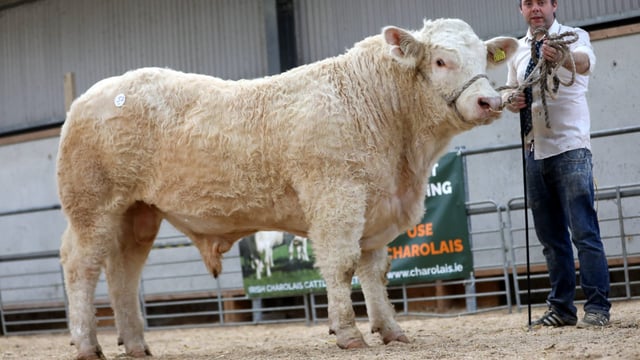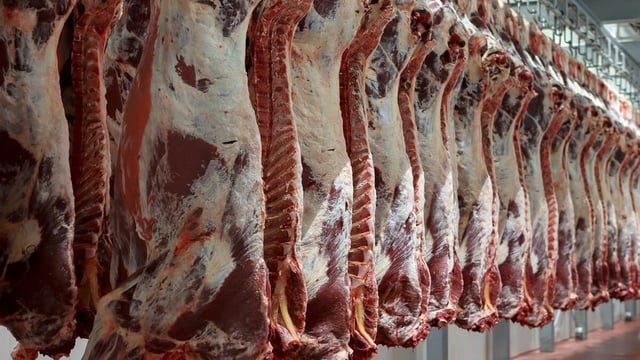Ensuring roadways are in good condition to reduce lameness
With the continued rain across the country, the majority of farmers will have their herds housed, meaning it is time to start ticking off the jobs on the winter list.
One of those jobs could be investing in roadways and paddock access, to improve pasture accessibility next spring while reducing lameness.
Ideally, any work done to farm roadways should be carried out while the weather is dry in an attempt to avoid any unnecessary damage to the roads.
However, most farms will only get the chance to do jobs like this while cows are dry over the winter, and things are that bit quieter.
Lameness
Lameness is a scourge on the majority of Irish dairy farms, estimated to cost up to €8,750 in a 100-cow herd annually when high prevalence is present.
Poor roadways are often one of the biggest culprits for lameness, as uneven, stony surfaces can lead to trauma and bruising of the hoof, while wet and muddy surfaces can cause softening of the claw horn and skin.
White line disease is one of the most common causes of lameness, as the white line is one of the weakest parts of the sole, and it can be easily damaged by grit or stones.
This is why well-designed and well-kept roadways are crucial in an effort to reduce lameness, while improving efficiency.
Well-maintained roadways also have the ability to reduce the amount of mastitis in the herd, as cows will be cleaner.
Roadway design
When designing the roadway, you first need to calculate how wide it needs to be based on your herd's numbers to ensure good cow flow.
For example, a herd with 150 cows or fewer should have a roadway width of 4.5m, adding an additional 0.5m for every 100 extra cows.
Areas of congestion must also be considered as these can be problem areas in terms of lameness. Congestion areas are usually at the entrance of the holding yard, bends, or any part of the road which may have a water trough.
These areas may need up to 1m of extra road, with fences back an additional 0.5m on each edge of the road.
Once you have the correct size, you must then calculate the correct fall to allow water drain away and prevent the road from becoming muddy, especially in spring and autumn.
It is typically recommended to have a crossfall at a ratio of 1 in 25, for example a 4m wide road should be 160mm higher on one side than the other.
Another consideration farmers must keep in mind is grass verges will prevent water escaping, so channels may be required every 5-10m.
With the road mapped out you can go ahead and remove approximately 10-15cm layer of topsoil, after this you should be ready to lay stone.
Most choose their stone based on what is in the quarry located nearby, but each stone is different.
Shale is flat, soft and comfortable on cows' hooves; however, it breaks down easy especially, under machinery.
In contrast, limestone is more durable under machinery, but is harder on a cows' hooves, while sandstone falls in the middle of the two as a fairly durable and relatively comfortable stone.
Once the stone is in, the road can be finished with a 25mm thick binding, this is usually done with 804 (T1) gravel, and packed in well, ideally with a vibrating roller.
Many farmers are also choosing to add astroturf to laneways to provide extra cushioning to the hooves.





